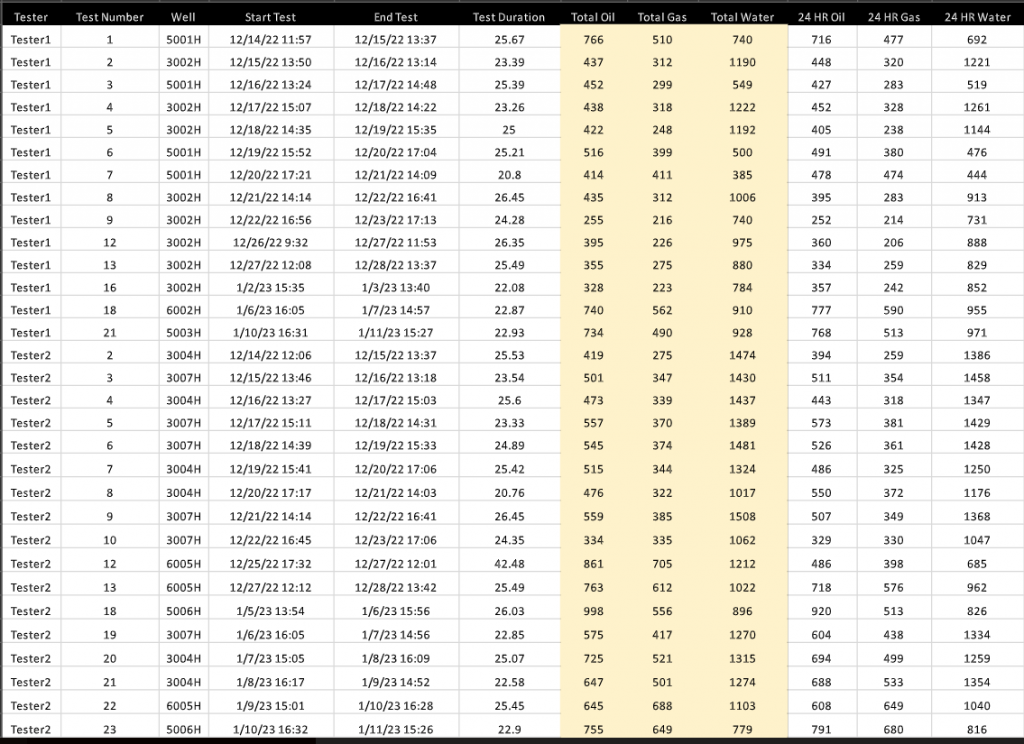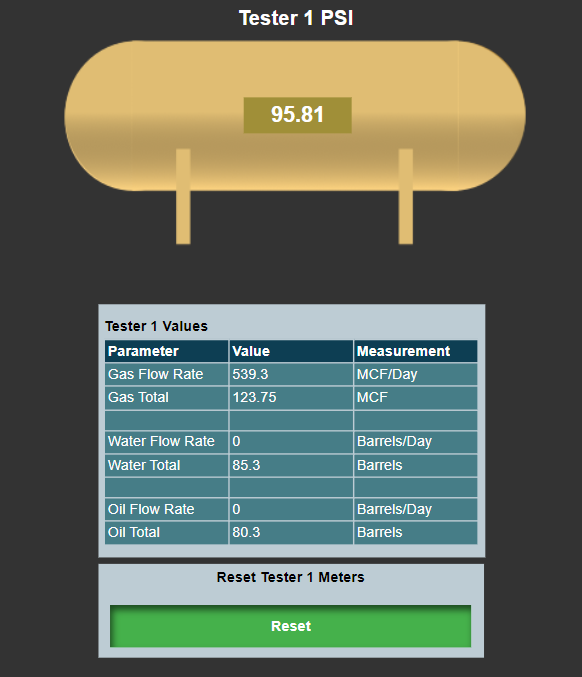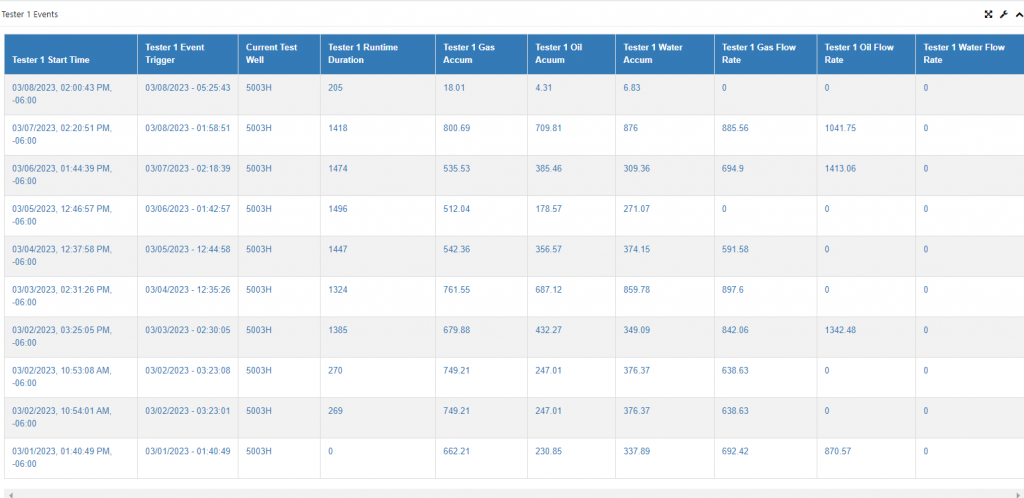OnPing Case Study: Automated Reports for Testing Data
Problem Description:
An OnPing partner was relying on manual inputs from operators to build reports on testing equipment, which was a time-consuming process and that increased risk of data ingestion error. Developing a solution for automating testing equipment would save a significant amount of time, reduce the risk of errors, and increase the day-to-day utility of the automation system.
In addition to automating the reporting process, a mechanism to identify and accurately assign which site was being tested at a given time was critical to the success of this project. This added an additional layer of complexity to the project. It also presented an opportunity to highlight the strengths of Virtual Parameters in OnPing.

Solution Description:
To solve this problem, the company decided to leverage OnPing, a cloud-based automation platform. Our platform offered the capability to automate the reporting process for testing equipment through a combination of OnPing features:
- Automated Reports
- OnPing’s built in reporting infrastructure naturally supports automated reports generated at need or across pre-specified intervals.
- Event Table
- Data from the process was organized and recorded using OnPing Event Table
- Virtual Parameters
- Virtual Parameters provided a mechanism through which to identify which site was being tested – one of the most important components of the project.
- Inferno Scripting
- Inferno acted as the development ground to build Virtual Parameters and tie in data streams to calculate various key metrics for the project. Inferno is a low-code scripting space that empowers OnPing Users who have big ideas to do big things, regardless of their expertise in traditional technical workspaces.
- Templating
- The customer wanted copies of the OnPing reports provided in excel files. This made reports easy to print off when hard copies might be required.
A new system of reporting was developed, which used data streamed directly from the testing device into the cloud platform. Once there, data could be transformed and restructured into meaningful information.
Challenges:
The first challenge to the report was developing a method to discern which site and equipment the testing values should be attributed to. We opted to utilize Virtual Parameters to generate this data, in tangent with a User operated HMI screen. OnPing HMIs provided a made to order solution for both providing operators with access to the system and helping to identify which site was being tested at a given time.
Testing Cycle
First, a basic outline of the testing process was established:
Select location→ Start testing cycle → Run to a specified threshold → End Cycle → Reset value readings
An operator would always be required to start a new testing cycle, so they were a natural resource the reporting system could rely on to identify testing sites. OnPing HMI’s built-in ‘Buttons’ enabled operators to start up a new testing cycle through a digital interface or manually. Any start of the process would generate a new record in the Event Table storing testing data.

This was similar to the prior equipment interface, with 1 key distinction. Along with buttons to start/stop/reset a testing cycle, a new button to selecting a testing site was added. This button would record the location into the Event Table with a predetermined value – calculated by Virtual Parameters.
Virtual Parameters
Virtual Parameters make on-the-fly calculations from other data in OnPing. For this project, Virtual Parameters were used to store and map a series of indices related to the group of testing sites, as well as run-time data generated from the testing equipment. Site selection became the initial step to starting a new process.

Selecting a site created a new record in the table and registered the chosen site. ‘Ending’ a cycle would call on the VP associated with run-time and calculate an accumulation of data occurring between the initial selection of the site and the termination of the testing cycle. This value would then be stored in the table, along with the time of the event. The accumulated value could then be reset, and Virtual Parameters could use the recorded time stamp to regenerate this historical state at a later date, as needed.
Event Tables
By using Event Tables to store the data in place of a standard Parameter in OnPing, this OnPing partner was able to cut the cost of logging historical Parameter data, but retain access to the critical information necessary for their processes.

This customer’s solution eliminated the need for manual inputs from operators, reduced the risk of human error, saved considerable time spent logging the information – and cut system costs with a clever implementation!
Results:
The implementation of the OnPing automation platform and the development of the automated report produced significant results. The report accurately reported on data streamed from testing devices, and the automated process eliminated the need for manual inputs from operators. As a result, the automation system was more efficient, and the risk of human error was significantly reduced. The new automated report saved the company a considerable amount of time, which was previously spent on manual reporting processes. This solution has increased the day-to-day utility of their automation system, and it can be utilized for other reporting processes in the future
Conclusion:
Our partner overcame a steep challenge in automating their testing reports. Utilizing the OnPing automation platform to develop and implement a new report system made the testing process more efficient, saved time spent doing manual data inputs, improved integrity of the data ingestion process, and reduced the amount of time spent communicating valuable information.
By implementing an automated report solution, this company demonstrated a commitment to innovation and efficiency, and generated a roadmap for similar projects completed by other OnPing Users in the future!

